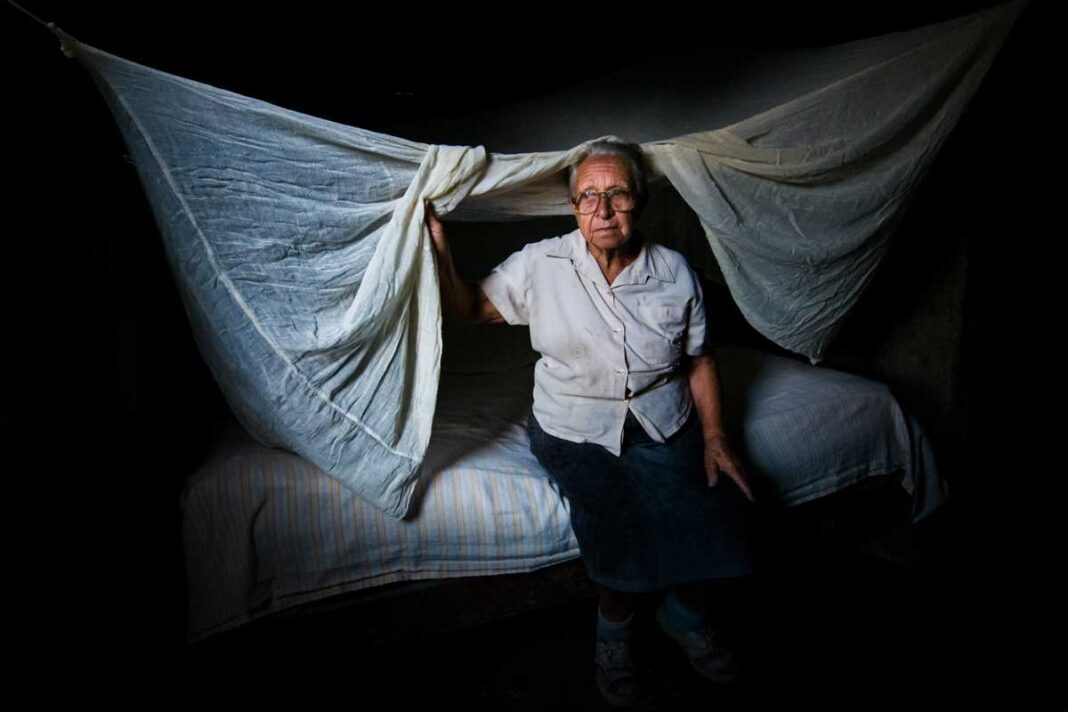After more than 60 years of communism, Cuba’s population is suffering with a broken health care system, plummeting birth rates, and economic collapse.
Cubans continue to flee a worsening economy in record numbers while the elderly have been left behind, fighting to survive on the communist regime’s $10 monthly pension and a critical lack of basic supplies.
Food, power, medical equipment, and pharmaceutical shortages have ignited persistent protests this year and driven Cuba’s ongoing exodus of working-age adults.
The result has been nothing short of devastating for the country’s retirees.
“It’s a nightmare in every direction. This is an SOS. Cuba is about to collapse in a fatal way,” said Ramon Saul Sanchez, a long-time anti-Cuban regime activist and president of the Democracy Movement in Miami.
“People can’t really imagine, especially from outside, making elderly people live in such inhumane conditions,” Sanchez told The Epoch Times.
“Because of the deterioration of the economy and the lack of interest of the Cuban regime, they aren’t helping those who need it,” he said. “Retirement pension maybe allows you to buy a dozen eggs a month. That’s it.”
With one of the oldest populations in Latin America, Cuba ranks high in its number of citizens older than 65 years, according to the Cuban Research Institute and Florida International University report.
The report noted the number of elderly dependents for every 100 working-age adults could soon reach 28 with the soaring volume of migrant outflows that began in 2022 expedited the problem.
U.S. Border Patrol agents apprehended nearly 425,000 illegal immigrant Cubans during fiscal years 2022 and 2023, according to Customs and Border Protection data.
An additional nearly 200,000 have been arrested in fiscal year 2024 through July.
These numbers have eclipsed previous large-scale migrations from Cuba to the United States, including the 1965–1973 Freedom Flights (approximately 300,000 Cubans) and the 1980 Mariel Boatlift (about 125,000 Cubans).
Plummeting birth rates have also fueled the acceleration of Cuba’s aging population for decades.
The trend became noticeable in the 1980s, but Cuba has been below replacement birth rates since 1978, according to an analysis published in the journal JSTOR.









